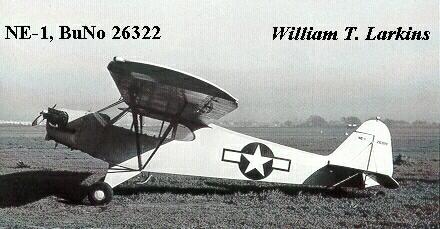

The Piper Model J3's ancestry can be traced to the 1931 Model E-2 manufactured by the Taylor Brothers Aircraft Company of Bradford, Pennsylvania. The E-2 was powered by a 20 hp (14.9 kW) two-cylinder engine resulting in a seriously underpowered aircraft that could barely get into the air. There were no sales and the company went into bankruptcy. One of the company's investors, William T. Piper, bought the assets, retained Gilbert Taylor as the chief engineer but did not change the name of the company. Under the new management, work began on a redesigned E-2 powered by the new Continental 37 hp (27.6 kW) A-40 engine. Sales of the re-engined E-2 Cub picked up and by 1935, over 200 were being sold per year. In 1936, the E-2 was again redesigned resulting in the Model J-2 Cub but Gilbert Taylor became upset because his design was being changed and left the company to found the Taylorcraft Aviation Company in Alliance, Ohio.
In 1937, a fire completely destroyed the plant in Bedford and Piper moved production to Lock Haven, Pennsylvania under the name Piper Aircraft Corporation. After this move, the J-2 was further modified by changing the wingtips and tail surfaces, fairing the landing gear shocks, installing a 40 hp (29.8 kW) Continental A-40-4 engine, and adding brakes, a tailwheel, larger seats and a standard instrument panel. This new aircraft, designated the J-3 Cub, was introduced in 1938. Further improvement were made by installing a 50 hp (37.3 kW) engine in 1938 and a 65 hp (48.5 kW) engine in 1939. All of the engines used in the J3 were air-cooled with four-horizontally opposed cylinders driving a two-bladed wooden propeller.
The Piper J3 was a single engine high-wing monoplane with fixed landing gear seating two in tandem; normally, dual controls were provided. The entire aircraft was constructed of spruce, aluminum-alloy and welded steel-tube framework all covered with fabric. As was common with many light aircraft of the day, the engine cylinder heads were exposed to the air for cooling purposes.
Each J3 Cub was identified by a six character code which indicated the specific engine installed. The first two characters of the code were J3; the third character was the letter C, F or L indicating the engine manufacturer, i.e., Continental, Franklin or Lycoming respectively; the fourth character was a dash (-); the fifth and sixth characters were the numerics 40, 50 or 65 indicating the engine horsepower. Therefore, the J3C-65 was a Model J3 powered by a 65 hp (48.5 kW) Continental engine.
In June 1939, the U.S. Government established the Civilian Pilot Training Program (CTTP), redesignated the Wartime Training Service (WTS) after the U.S. entered World War II, to provide qualified 18- to 27-years-olds with sufficient training to obtain a private pilot license at government expense. A total of 435,135 men and women obtained their license through this program until its termination in 1944; about 75 percent of the training was with the J3 Cub.
NE
The ability of light aircraft to support ground operations was evaluated by the U.S. Army beginning in 1939. The three major manufacturers of light aircraft in the U.S., Aeronca, Piper and Taylorcraft, donated aircraft during the 1939 and 1941 maneuvers and in September 1941, the USAAF placed an order for four J3C-65s for evaluation. These aircraft, designated YO-59s, were tested to see if they could be used for liaison between bases, artillery spotting, gun-laying and front-line liaison. In November 1941, an additional 40 production O-59s were ordered. All of these aircraft were essentially civilian J3C-65s and all were redesignated L-4-PIs in 1942. The USN's NEs were equivalent to the L-4-PI.
The first true military aircraft was the O-59A ordered by the USAAF in February 1942. Redesignated L-4A-PI in 1942, this version featured a cockpit enclosure extended further aft offering better all-round visibility; the USN did not purchase any of these aircraft. The only other aircraft operated by the USMC was the L-4H-PI with improved equipment and a fixed-pitch propeller.